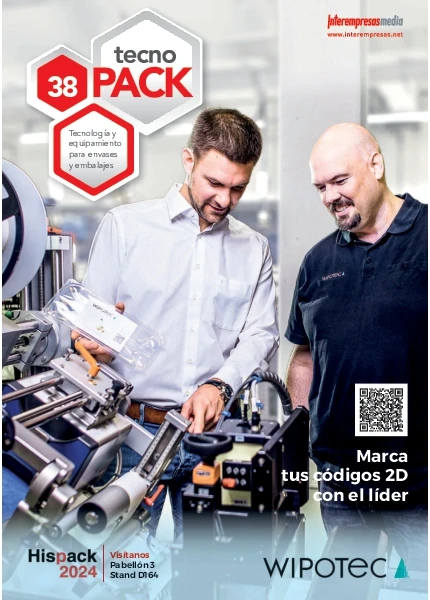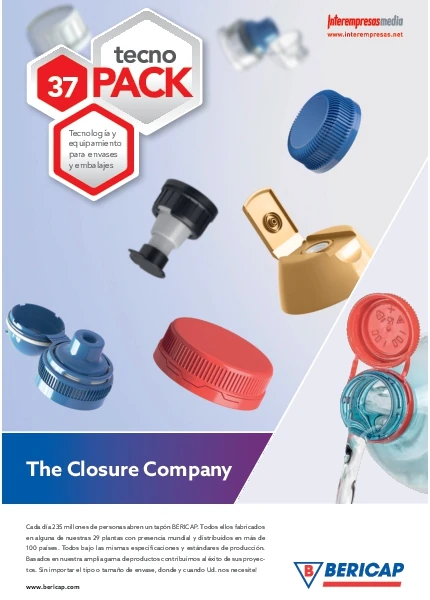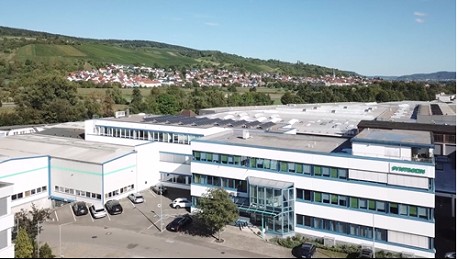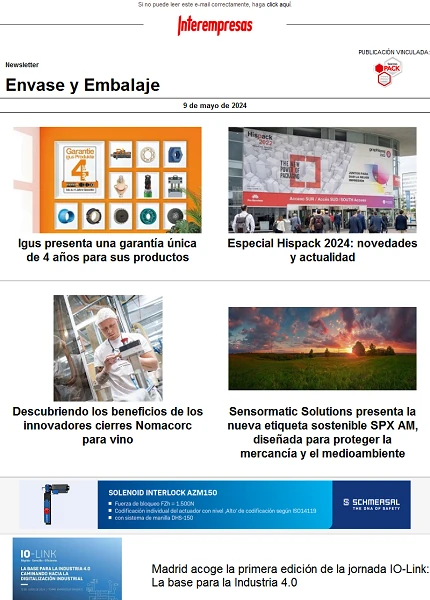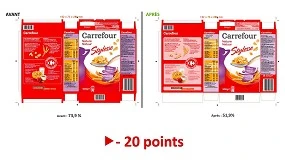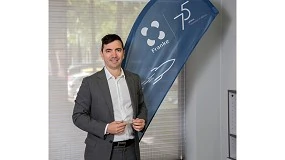What regulations are there active packaging?
March 16, 2010
It is true that the concept of container active and intelligent, as a container that interacts with the food or the head of this space (the volume not occupied in an airtight container), causes input certain doubts about the safety of these containers.
However, the philosophy of these types of packaging was already in the management practices of food of some indigenous peoples in warm countries, which cover certain traditional products with certain leaves. In this way they managed the 'packaging', in this case the leaves, to provide enzymes and other compounds such as microbial agents that, in addition to improving the organoleptic properties of the product, they prolongaban the time of preservation.
Currently, there are other types of packaging, where the container interacts significantly with the food, for example a jug for water or the aging process of wine or cava in the wooden barrels.
In Australia and Japan the development of these containers it began to develop in the early 1980s, however, in Europe and United States, though no doubt have come to market some products of this type, its use is more widespread in distribution than in the retail chain.
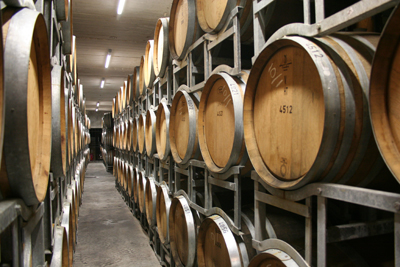
There are other types of packaging where the container interacts significantly with the food, for example a jug for water or the aging process of wine or cava in the wooden barrels.
Photo: Chris Quinnell-Brock
Particularly in Europe, there has been a long delay due to the following reasons:
- Legislative restrictions (active and intelligent systems not included in the positive lists, the maximum permitted total migration is 60 mg/kg and that is, at times, incompatible with the objective of the active and intelligent elements).
- Lack of knowledge about the acceptance of the consumer, the effectiveness of the systems and the economic and environmental impact.
The initial law, which was established in Regulation (EC) 89/109/EEC, established as a basic principle that any material or object intended to come into direct or indirect contact with food must be sufficiently inert to avoid that substances should be transferred to foodstuffs which may endanger the health humanresult in an unacceptable amendment of the composition of the foodstuffs or an alteration of its organoleptic characteristics. This regulation not contemplated the use of active and intelligent substances so that left little room for technological innovation of the packaging and prevented that new types of materials and objects could join them.
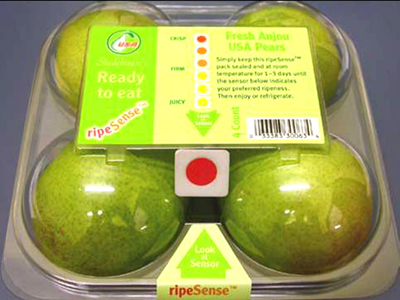
However, in early December of 2004 came into force a new Community regulation governing the materials and articles intended to come into contact with foodstuffs, Regulation EC 1935 / 2004 of the European Parliament and of the Council of 27 October 2004on materials and articles intended to come into contact with food and which supersedes the Regulation 89/109/EEC.
This regulation maintains the basic principles of the above but specifically includes active and intelligent materials in such a way that has allowed that technological innovation in the food packaging has its legal reference, allowing some interaction between food and packaging.
On the General aspects that makes the Regulation 89/109/EEC are the following:
- Active and intelligent materials are included in the scope.
- Define active and intelligent materials.
- Materials and active objects in contact with food are designed to deliberately incorporate "active" components intended to food or to absorb substances from them.
- They are not considered active packaging, from the point of view of this law, the materials and objects traditionally used to convey natural ingredients to specific types of food during the manufacturing process, such as the wooden barrels.
- Materials and active objects in contact with food can modify the composition or the organoleptic properties of foods, but only if these modifications comply with Community provisions applicable to foodstuffs.
- We must facilitate users appropriate labelling and information to help them use safely and correct materials and active articles in compliance with food legislation, in particular the provisions relating to the labelling of foodstuffs.
- Materials and objects active and intelligent food contact must not alter the composition or the organoleptic properties of foods or provide information on the condition of food which could mislead consumers. For example, materials and active objects in contact with food must not release or absorb substances such as aldehydes or amines in order to mask an incipient food spoilage. Such changes, which can distort the signs of deterioration and to mislead the consumer, should not be permitted.
- Similarly, materials and active objects in contact with food which modify the color of these in such a way that giving a misinformation about their State, they can be misleading to the consumer, so either they should be allowed.
- Active and intelligent materials must take specific measures applicable.
Regulation 1935 / 2004 are the General provisions binding on all kinds of materials. This regulation requires the need for measures specific to the different sectors, including for active and intelligent materials.
According to this, last year published the Regulation (EC) 450-2009, which marks the requirements to be fulfilled materials and active and intelligent articles intended to come into contact with foodstuffs. In particular laying down specific requirements for the marketing on the Community market of these products.
The regulation is defined as packaging active that intended to prolong life or to maintain or improve the condition of packaged food. Active packaging must be designed to deliberately incorporate components that release or absorb substances packaged food or its environment. The other type of packaging that is within the scope of this regulation, are the so-called intelligent, which are defined as those that control the State of the packaged food or its environment.
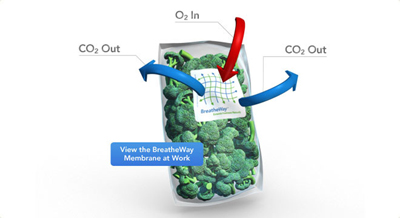
The news that incorporates the new regulation are such as the future creation of a Community list of authorised substances. This list will contain all the substances that can be incorporated to any active system.
The initial conditions must be fulfilled a substance to be included in the Community list are:
- That does not represent a danger to human health.
- That does not cause an unacceptable change in the composition in food.
- That does not cause an alteration of the organoleptic characteristics of food.
For the demonstration by the processing industry of these three characteristics, must use the analysis of migration and sensory to which it is reference from the general regulation of materials in contact with foodstuffs, and that demonstrate the fitness food of these.
Other property provided by the regulation of active and intelligent materials, is to include the conditions of use of the active substances which are currently allowed in direct contact with food. These substances may be used provided that they do not exceed the limits laid down in the applicable provisions, either at national or community level. These substances, moreover, will not be considered in the testing of migration, such as quantity of material, migrated from the packaging to the food.
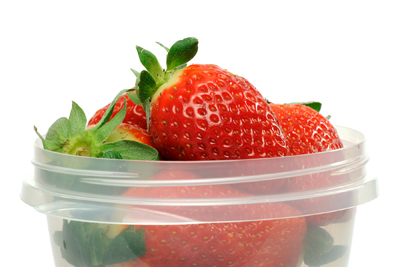
Photo: Agata Urbaniak.
The systems are not integrated into the packaging, as for example, envelopes or bags which contain active or intelligent system, must necessarily include the words 'not ingest' and insofar as is technically possible.
Finally, in relation to the regulation of food contact materials, companies that manufacture this type of active and intelligent materials must make a declaration of conformity which record the food suitability of these products.


